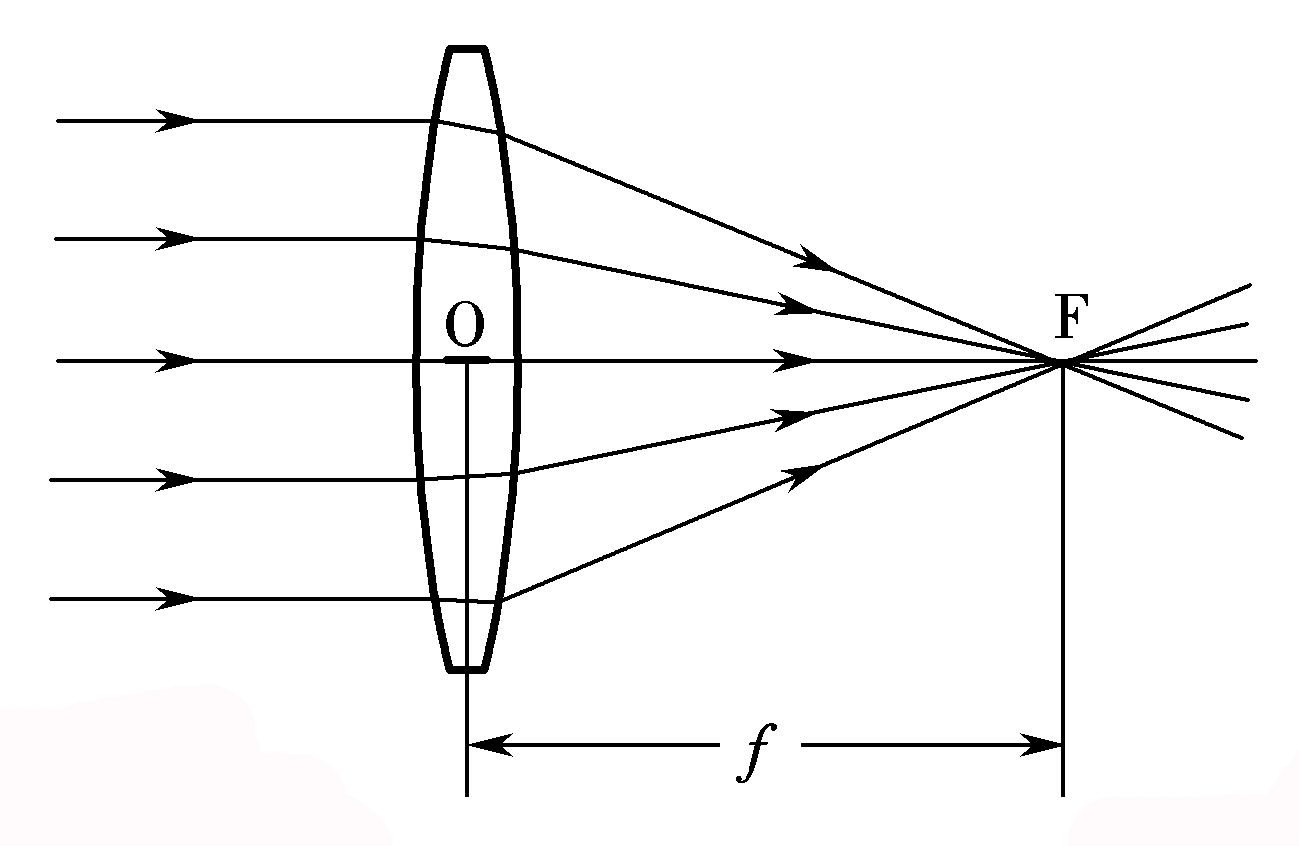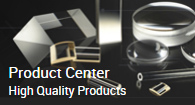Selection of laser lens focal length
Choosing a laser lens focal length suitable for a specific laser device requires a combination of factors, and the following are some key points:
Application types of laser equipment
Laser cutting: If it is used for laser cutting, it is usually necessary to focus the laser beam onto the surface of the material to achieve high energy density cutting. For thin plate cutting, you can choos
Choosing a laser lens focal length suitable for a specific laser device requires a combination of factors, and the following are some key points:
Application types of laser equipmentLaser cutting: If it is used for laser cutting, it is usually necessary to focus the laser beam onto the surface of the material to achieve high energy density cutting. For thin plate cutting, you can choose a lens with a shorter focal length, such as 50-100mm, which can produce a smaller spot and improve cutting accuracy and speed. For thick plate cutting, in order to ensure sufficient energy to penetrate the material, a lens with a longer focal length may be required to make the cutting process more stable and reduce the taper of the incision.
Laser welding: In laser welding, the lens focal length needs to be selected according to the type of welding material, thickness and welding method. For spot welding or sheet welding, a lens with a shorter focal length (80-120mm) can provide a higher energy density for fast melting and welding. For deep penetration welding or thick plate welding, a lens with a longer focal length (150-300mm) may be required to ensure that the laser beam can penetrate deep into the material and form a good weld shape and quality.
Laser marking: Laser marking requires the formation of clear, precise marks on the surface of the material, usually requiring a smaller spot size and a higher energy density. Therefore, a lens with a shorter focal length, such as 50-100mm, is generally selected in order to focus the laser beam to a small area to achieve fine marking effects.
Laser imaging: For laser imaging systems, such as laser projectors or laser microscopes, the lens focal length needs to be selected according to the imaging distance and resolution requirements. If you want to achieve long-distance imaging and need higher resolution, usually choose a lens with a longer focal length to obtain a larger image distance and better imaging quality.

Wavelength: The propagation characteristics of different wavelengths of laser in the optical medium are different, and the requirements for lens focal length are also different.
Power: High power laser equipment needs to consider the bearing capacity and heat dissipation of the lens. In general, the high power laser will make the lens produce more heat, if the focal length is too short, the energy density of the laser beam on the lens is too high, easy to lead to lens damage. Therefore, for high-power laser equipment, it may be necessary to choose a lens with a longer focal length to reduce the energy density of the lens surface and improve the service life and stability of the lens.
Design requirements for optical systems
Optical path layout: The optical path layout of the laser device will limit the choice of lens focal length. If the optical path space is limited and cannot accommodate a lens with a longer focal length and its associated optical components, then a lens with a shorter focal length is needed to meet the requirements of the optical path design.
Compatibility with other optical components: Lenses in laser devices usually need to be used in conjunction with other optical components, such as mirrors, beam expanders, etc. When choosing the focal length of the lens, it is necessary to consider the compatibility and synergistic effect with these components. For example, if a beam expander is used to change the diameter of the laser beam, then the lens with the appropriate focal length needs to be selected according to the beam parameters after the beam expansion to ensure that the final focusing effect meets the requirements of the equipment.
In addition, the optimal lens focal length can be determined by experimental tests. You can prepare different focal lengths of the lens, processing or imaging operations on the actual laser equipment, observe and measure the processing effect, imaging quality and other indicators, according to the experimental results to choose the most suitable lens focal length. At the same time, you can also refer to the experience and technical information of other similar laser equipment to understand the lens focal length range usually used in the same or similar application scenarios as a reference basis for selection.

